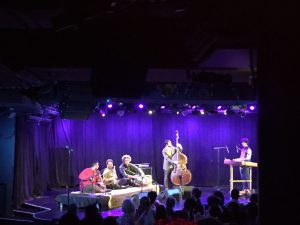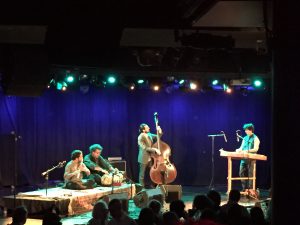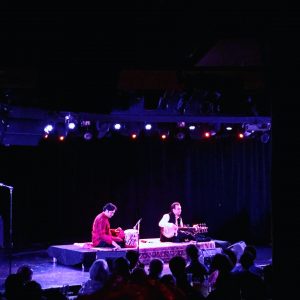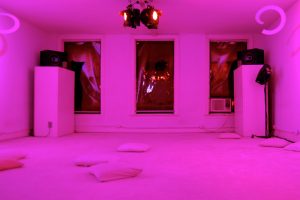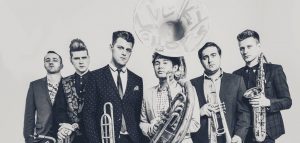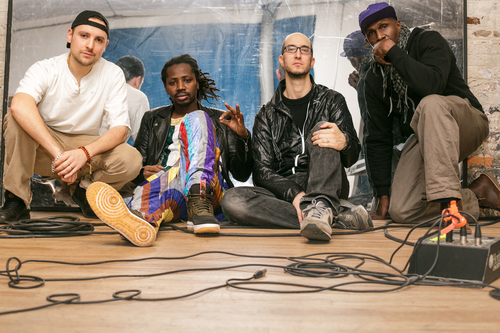My concert review is going to be about a classical pianist named Denis Matsuev. The videos that I found were on the WQXR website’s blog. In the first video he takes the traditional jazz tune “Take the A Train” and develops a classical rendition to it. He is playing in Moscow during April 2013. By listening to the original by Duke Ellington, you can decipher how much of a transformation the jazz painting went through after being dipped in some classical paint. Of course Matsuev uses familiar motifs from the tune, but only to take it through dodecaphony and major chromaticism in his solo during this piano concerto. The swing feel is completely omitted by crazy harmonic change and multiple tempo and speeds. Indeed a display of skill, I still consider this a disrespect to jazz as a genre. The dissonances leaves listeners with an uneasy feeling compared to the original format. Classic music may be very complex and polished but there is nothing as smooth as jazz.
Denis is in his comfort zone in a classical setting and ensemble covering songs. This is the second video that can be seen on the same page. He is performing Rachmaninoff’s Piano Concerto 3. He is very expressive while performing. He lets the music take over, even swaying while playing. Expression wasn’t only in the instrument, his eyebrow raises and his facial gestures showed true passion. His eyes seem closed for most of the performance; such an epic piece requires focus and concentration but he looked very comfortable and seemed to be enjoying the music he was playing. To top it all off Matsuev performed the entire concerto with no music sheet, and an old conductor; dominating and accenting heavily as he pleased throughout. At 9:57 he took charge of the ensemble then began taking the audience into a world of dissonance and excessive accenting. Later at 27:46 the ensemble descends, leaving open space for Denis’s modulation and chromatic ascension. There was sporadic, heroic accompaniment from the ensemble. Matsuev seemed to be just as great a pianist in both genres, but seemed to be more erratic than calm in his “jazz” performance.
In conclusion, Matsuev is an amazing pianist. As far as he interpreted the jazz tune, he made the concerto his very own, with consistent momentum and energy. He never sounded off or repetitive. At 37:50 it’s hard to tell if his harmonic progression is improve as with the jazz performance, but then is mimicked by the band in unison adding texture and reason to the sped up chaos. At the end of the concerto, there’s a delicate major change, bringing all the madness to a resolution, to THEN be sped up and returned to the minor tonic. This performance was epic indeed. I’m glad I took some time out to critique this great pianist, along with the criticism of the jazz “parody” I’m impressed and understand the standing ovation he received for such a virtuosic performance.

